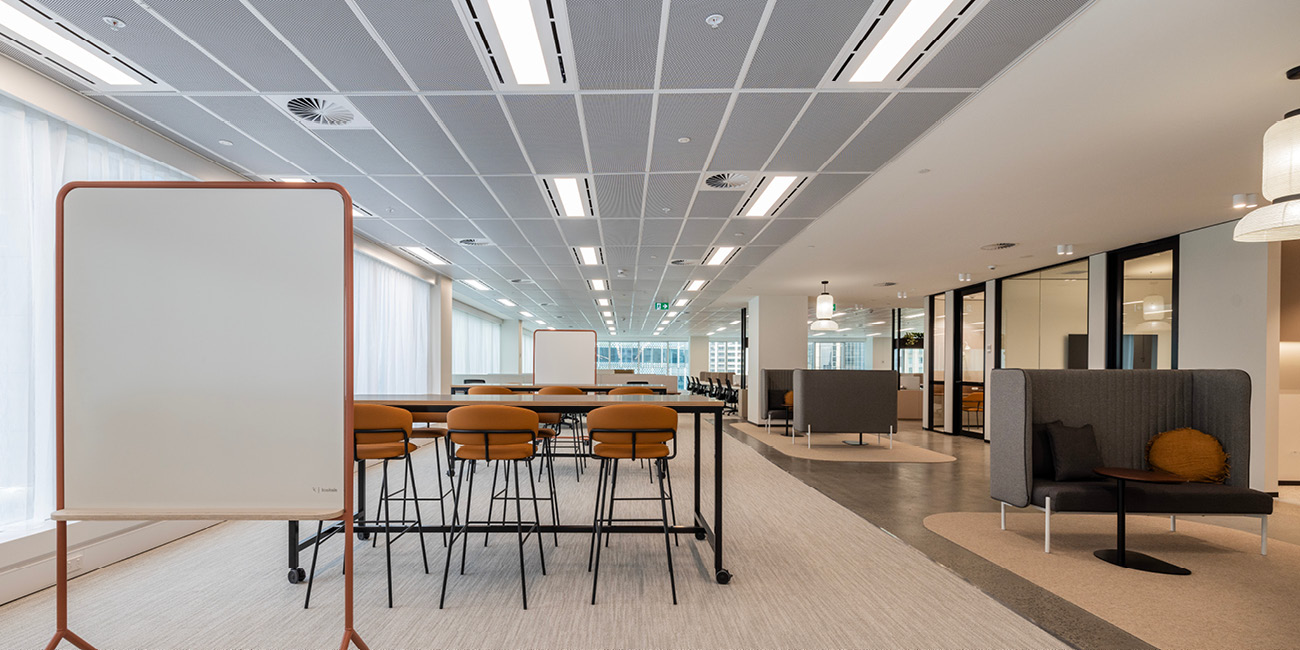Sustainability Benefits of Metal Ceilings
Sustainability Benefits of Metal Ceilings
Our metal ceiling and wall solutions offer significant sustainability advantages. Their durability, energy efficiency, recyclability, and contribution to indoor air quality help create healthier and more sustainable environments. Additionally, with our metal product range certified through Global GreenTag at GreenRate Level A, they are ideal for Green Building Projects like the Green Building Council of Australia’s v1.0 Building Rating Tool.
Recyclability
Our metal ceilings, are made from materials like aluminium and steel, which are recyclable. At the end of their lifecycle, the products can be repurposed, reducing the demand for raw materials and minimising landfill waste. Our Product Stewardship Policy support these sustainability goals.
Durability & longevity
Our metal ceilings offer exceptional durability, requiring minimal maintenance and lasting significantly longer than many alternatives. This longevity reduces the need for frequent replacements, saving resources and energy associated with manufacturing and installation. Additionally, our products come with a 25-year warranty.
Energy efficiency
By reflecting natural light, our metal ceilings improve light distribution, reducing reliance on artificial lighting. This not only enhances energy efficiency but also lowers greenhouse gas emissions associated with electricity use.
Indoor air quality
Our metal ceilings contribute to healthier indoor environments by minimising dust, mould, and allergens. Their surfaces are easy to clean and maintain without harsh chemicals, further supporting environmental health.
Low VOC emissions
Our metal ceiling systems, including their adhesives and coatings, have low volatile organic compound (VOC) emissions. This ensures a healthier indoor atmosphere, aligning with sustainable building standards.
Fire resistance
Our metal ceilings are fire-resistant, helping to contain flames and smoke during a fire. Our products achieve a NCC Group 1 fire rating enhancing safety, reducing property damage, and protecting occupants.
Adaptability
Our metal ceilings are versatile, allowing for easy removal, reuse, or reconfiguration to meet changing spatial needs. This adaptability promotes resource efficiency and reduces renovation waste.

